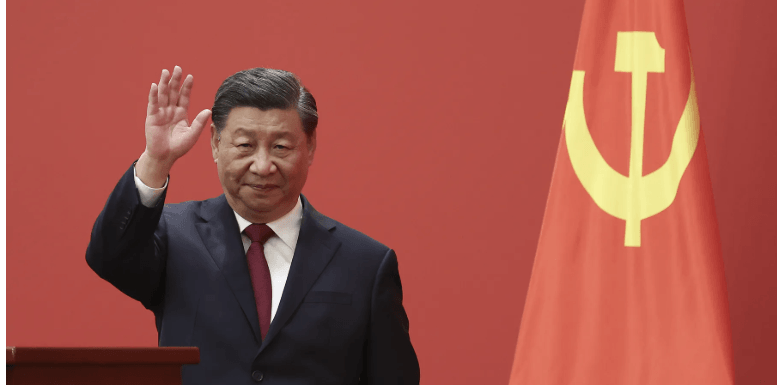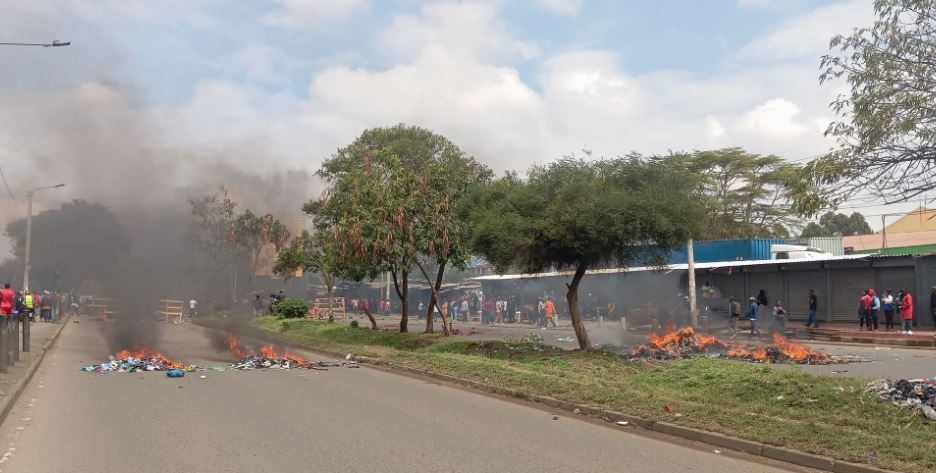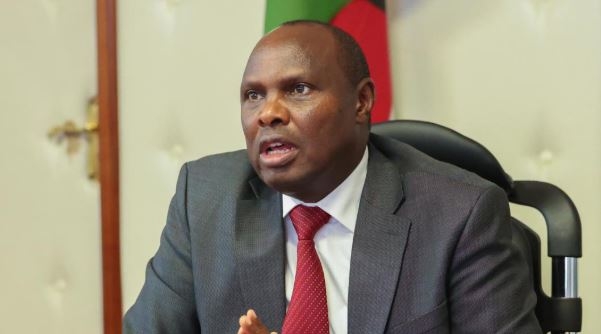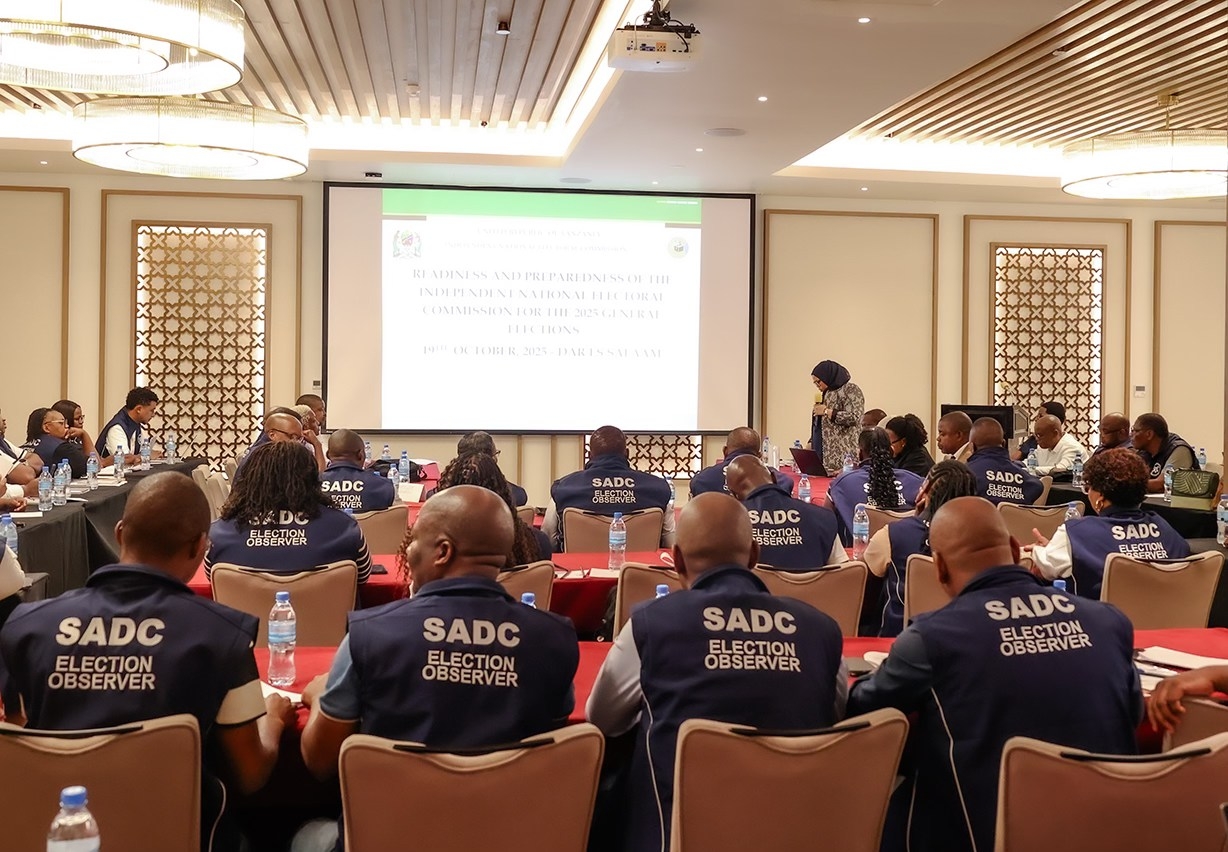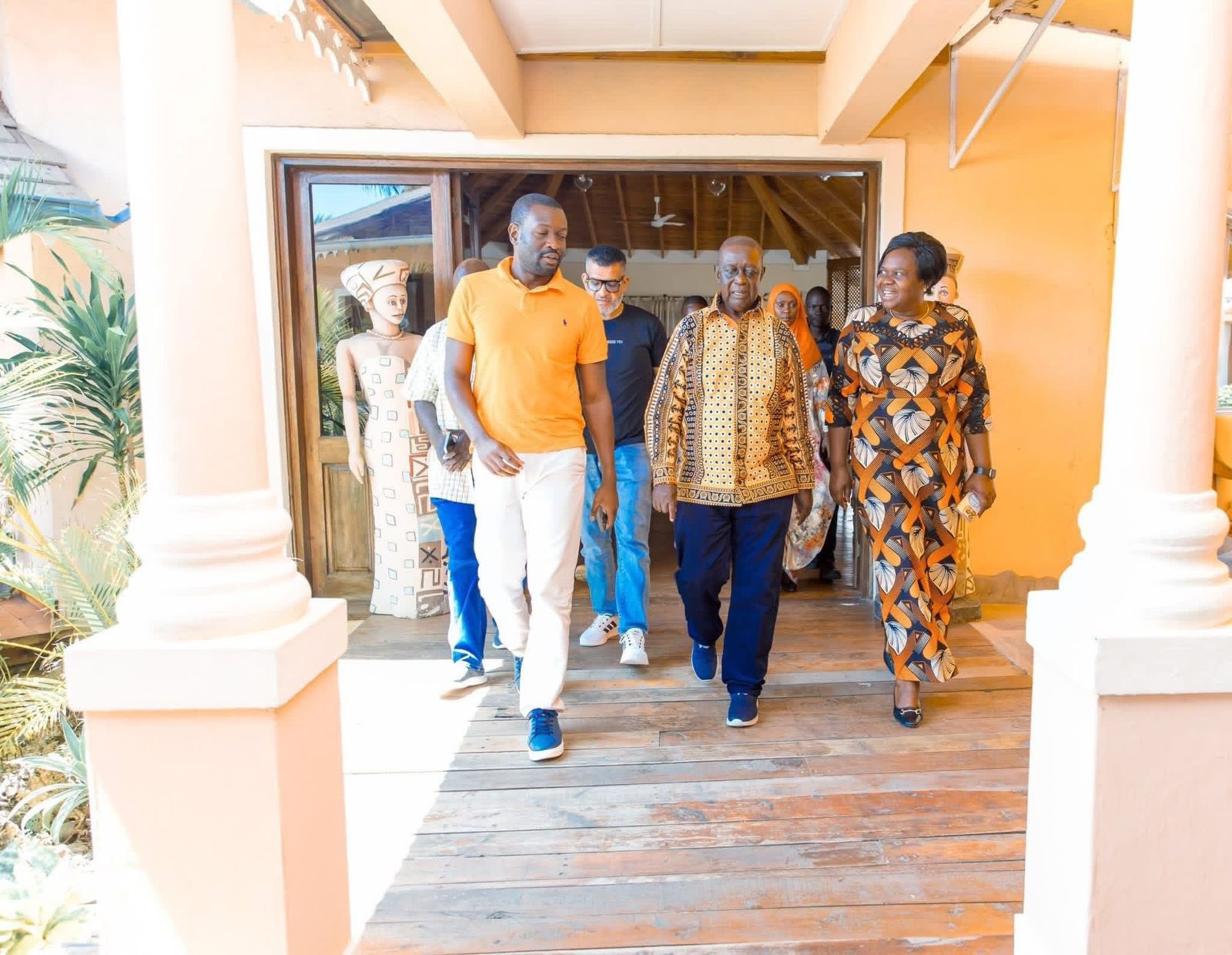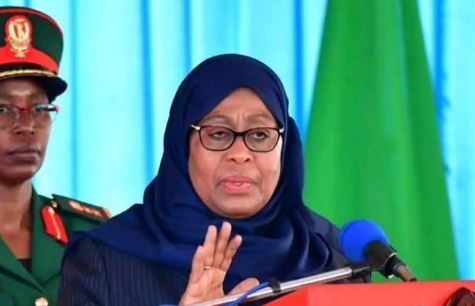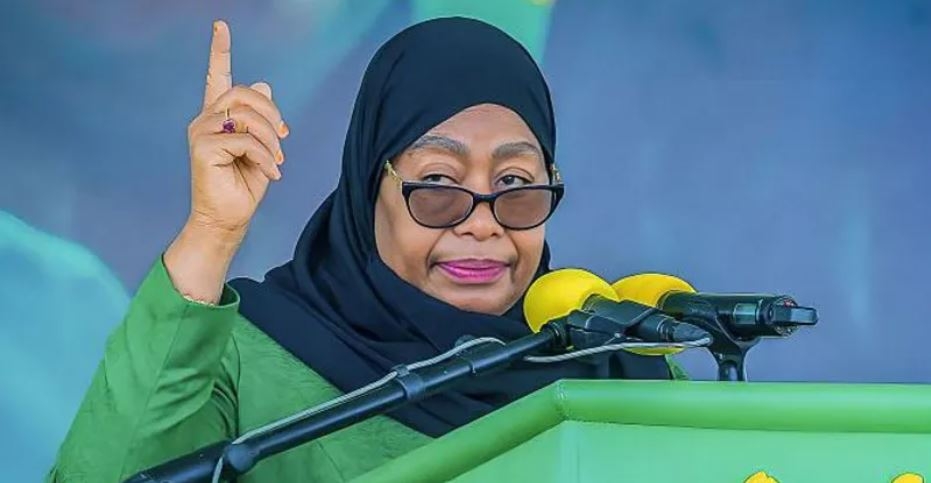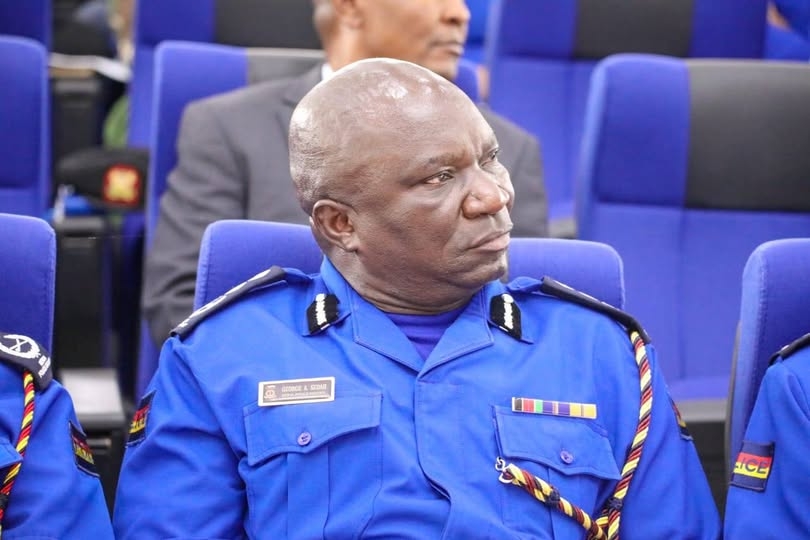Situated at the heart of Mombasa’s Central Business District, the iconic Holy Ghost Cathedral Catholic Church has stood the test of time.
Established in 1889 by Father Alexander le Roy, a Holy Ghost missionary, it is the first Catholic mission in Mombasa.
The cathedral, an imposing Romanesque style (an architectural style in medieval Europe characterised by arches), was opened in 1923 after eight years of construction from 1916.
The church will mark 100 years in May next year.
“We are celebrating 100 years of the cathedral building that opened its doors in 1923,” Steve Mbugua, the chairperson of the centenary team, said.
The church leadership has already begun plans to mark the centenary celebrations on May 27 next year, preceded by a series of five other events in October, December, February, March and May.
According to the church’s plan, the first event for the build up to the centenary was held on October 28, which was a cultural night.
A centenary Christmas carols and concert has been lined up for December 10 and on February 10 next year and the organisers have scheduled a centenary Valentines dinner.
A centenary Walk with Christ has been scheduled for March 18, followed by a main fundraiser on May 6 before the main centenary celebrations on May 27.
“We are celebrating for a whole year to mark the centenary. We began during the Pentecost period this year and hope to end the celebrations during the Pentecost period next year. It is a great milestone, that’s why we are celebrating it in style,” Mbugua said.
He said that to achieve the fete, they were calling for sponsors, both at corporate and individual level, outlining different packages to pick from, ranging from Sh10,000 to an upward level of Sh5 million for the package.
“Sponsors will be appreciated through the church screens on selected Sundays during mass announcements,” he said.
Mbugua added that the icing on the cake during the main celebration will be the unveiling of the construction of Centenary House.
The five-storey building will have a restaurant at the top, accommodation rooms, conference rooms and a chapel, among other social amenities.
According to the church's history, the cathedral construction began in 1916 while the First World War was still ongoing. It also took place at a time when the Spanish flu pandemic had hit the world.
The history of the church dates back to the congregation of the Holy Spirit, also referred to as ‘Spiritans’, who were the first Catholic missionaries to arrive in Mombasa in 1889.
Monseignuer Raul de Courmont was then appointed vicar apostolic of Zanzibar and sent Father Le Roy on an exploratory mission to Mombasa.
The monseigneur is a title for high ranking priests, like cardinals in the Catholic Church.
Father Le Roy, considered the pioneer of the church in Mombasa, settled in the city, establishing the first chapel in Ndia Kuu, Old Town.
The church was mainly attended by Goans and Europeans.
The first baptism, according to the church's history, took place on August 14, 1889.
This was when Maria, the infant daughter of Diego and Natalie Pereira, was received into the Christian community.
The first African to be baptised in the parish was a three-year-old Giriama boy who was dying. Father Le Roy baptised him Alexander, after himself.
As the congregation continued to grow, the chapel became overcrowded, forcing the church to move. It is then that the church acquired a five-acre plot along the Makadara grounds area to construct a new church that could accommodate about 400 people.
The population continued to swell, putting pressure on the church and, by 1900, the urge to construct a bigger church began to be felt.
Walter Gustav, a missionary brother and a Spiritan, who was highly proficient in building and construction, drew up the plan for the church that was accepted by the then Bishop John Neville, who mobilised congregants to pledge funds.
Gustav, joined by two other brothers, Killian Retig and Claver Fernandes, laid the foundation in 1916, despite the ongoing First World War.
The missionary brothers trained the residents to curve and sculpt the locally available stones that were used to build the church.
Even the ravaging effects of the Spanish flu pandemic of 1918 did not deter their efforts to complete the construction of the church that was finalised in 1923.
The church is an imposing Romanesque style adorned by two large towers that were visible from far out at sea.
The high altar and tabernacle are made from the finest marble that was curved and sculpted by expert stonemasons in Toulouse, France, and shipped in wooden crates and the parts assembled in Mombasa.
The coloured windows at the church were all shipped from Europe as gifts to parishioners or in memory of parishioners who had passed away.
The three windows behind the tabernacle tell a story of the church’s faith.
The one at the centre depicts the church patron that is the Holy Spirit.
The window to the right signifies the baptism of Christ and, on the left, the descent of the Holy Spirit, which was the beginning of the church.
The church ceiling is said to be an exact copy of the Westminster Cathedral in London and was intricately hand painted by a painter, who was laying on his back on a rickety platform and carefully painting each cell, one at a time.
After the present cathedral was consecrated in 1923, the small 1898 church was turned into a bookshop and printing press, producing monthly publications for 'Rafiki Yetu' and 'Catholic Times of East Africa'.
It remained so until it was demolished in the 1970s to pave way for the now existing Ambalal House.
“We expect grandchildren and family members of those who were involved in the construction of the church from France to attend the celebrations. The process of tracing and identifying them is ongoing,” Mbugua said.
He said that over the years, they have strived to maintain the quality of the structure, only making minimal renovations on the roofing and interior, but the outer structure remains the same constructed in 1923.
On September 4, Mombasa Governor Abdulswamad Nassir said he will support the 100 years celebration of the cathedral.
“We intend to make the event (centenary) an international one, utilise my office to the maximum and we shall support you unconditionally,” Nassir told the church.
He spoke during his first church visit after he was declared winner of the highly contested Mombasa governor election on August 29.
The celebrations, according to the organisers, are expected to attract both local and international tourists.
(edited by Amol Awuor)


